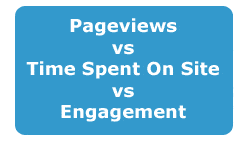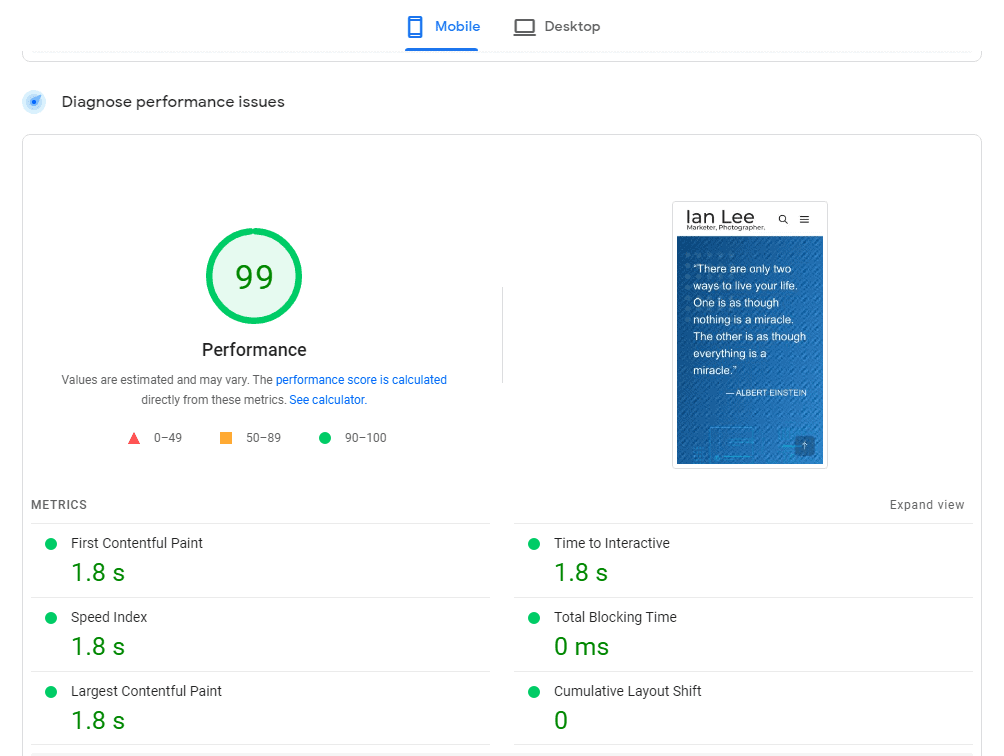
Web developers utilize AJAX to increase usability and enhance the user experiencing. With AJAX applications, a user can actually spend significant time on a website without ever causing a new page reload. Pageviews was (and still is) an important gauge of how active users are on a particular website. However, the birth of pageless web techniques also mean that time spent on a website has become as important a metric as pageviews in determining traffic quality.
Does this mean CPM rates need adjusting in future advertising deals?
My guess is yes. Well, at least it should be – especially for websites supported by AJAX and other similar pageless technologies. The best case scenario would be for developers to come up with quantifiable data that can measure the activity or engaged-ness of AJAX applications. Coupled with pageviews and time spent on site, internet marketers can then consider adjusting CPM pricing to suit.
So for all media buyers, advertisers and publishers, before you complete your next advertising deal, be sure to consider time spent on site in your due diligence – especially on websites powered by AJAX pageless technology!














The myth that seems to be perpetuated on utilizing Ajax is that you “can’t” measure these requests. It’s absolutely not true. All good Analytics engines allow you to pass events to them.
I utilize Google Analytics and have a couple of Ajax applications on the web. On my request, I simply add a couple lines of JavaScript to incur an additional event in Analytics.
It just takes a little extra work – but Ajax doesn’t have to be a show stopper for you!
@Douglass: You are correct and thanks for the heads up. After reading your comment, I dug a little deeper into Google Analytics help files and found What is urchinTracker and how can it help me and How do I track AJAX applications.
For AJAX heavy sites, do implement the urchinTracker function if you run Analytics. It will surely help paint a clearer picture of traffic quality on your website.
Does this mean that ads gauge by CPM are actually slightly distorted?
AJAX looks awesome, nobody can argue with that. New technologies always make things difficult at first but we usually work through them. Goes back to the old statement “Google loves ugly websites”